The past demonstrates that geopolitics is a dynamic vector – its power and path shaped, more often than not, by the evolution of sophisticated military technology.
The 20th century through present day shows that the rise of the United States as a global hegemon during the Second World War hinged on achieving air supremacy in both the European and Pacific theatres. Specifically, the development of both the P-51 Mustang and P-38 Lightning air superiority fighters, gave the U.S. Air Force (USAF) the ability to transition its B-17 Flying Fortress (Figure 1) bomber fleet to more effective day-time bombing missions in Europe.

Figure 1 – USAF B-17 Flying Fortress being escorted by the P-51 Mustang air superiority fighter.
This force multiplication of the B-17 bomber fleet by the P-51 and P-38 air superiority fighters, was entirely due to the latter’s great combat radius (>1,500 km), which secured air cover against defending German fighters deep into Fortress Europe.
Over the post-WWII era, the ability of the United States to project air superiority on a global basis with its 11 active nuclear-powered aircraft carriers and 10 amphibious assault ship battle groups. These mobile airfields and their approximately 620 fixed-wing and 329 rotary-wing combat aircraft have effectively maintained the balance of power and freedom of trade over global shipping lanes over the past 80 years.
I contend that another step change in air superiority technology is under way, and that its origin coincides with the 2009 Impeccable Incident in the South China Sea. This incident, in which the People’s Liberal Army (PLA) directly challenged the United States Navy in the South China Sea, gave rise to an abrupt change in U.S. geopolitical strategy.
However, before we delve into the technology evolution under way, we examine the historical basis and geographic distribution of United States forces operating in the Western Pacific.
In response to the Impeccable incident, the Obama Administration’s “Pivot to Asia” doctrine, launched in 2011, served to shift U.S. focus to the Asia-Pacific via diplomacy, economics, and military realignment. It aimed to counter China’s rising power, tap into Asia’s economic boom, and move beyond Middle East wars. Key moves included strengthening alliances (e.g., Japan, South Korea), pushing the Trans-Pacific Partnership, and redeploying 60% of Navy ships to the region by 2020.
Figure 2 shows distribution of American forces across the Western Pacific and across two distinct island chains. President Dwight D. Eisenhower’s Secretary of State conceived the island-chain containment strategy during the Korean War, aimed at restricting access to the Western Pacific for the USSR and China.
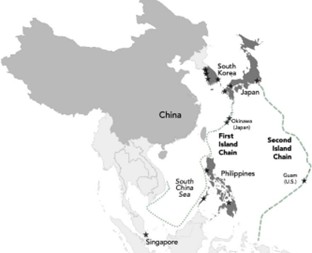
Figure 2 – US Military bases (![]() ) within the first and second island chain in the Western Pacific region.
) within the first and second island chain in the Western Pacific region.
The first island chain is formed by three key U.S. allies and partners facing China to the west: Japan, Taiwan, and the Philippines. The second chain stretches from Japan to the island of New Guinea via Guam, which is the westernmost U.S. territory that serves as a military hub. The third chain (not shown) connects Alaska’s Aleutian Islands with New Zealand via Hawaii.
Due to the development of Chinese anti-ship ballistic missiles capable of reaching past the second island chain (2,900 to 4,800 km), United States carrier battle groups no longer have the confidence of uncontested access to its first island chain allies. While these battle groups have extensive anti-ballistic missile defensive capabilities, no defensive capability is 100% effective.
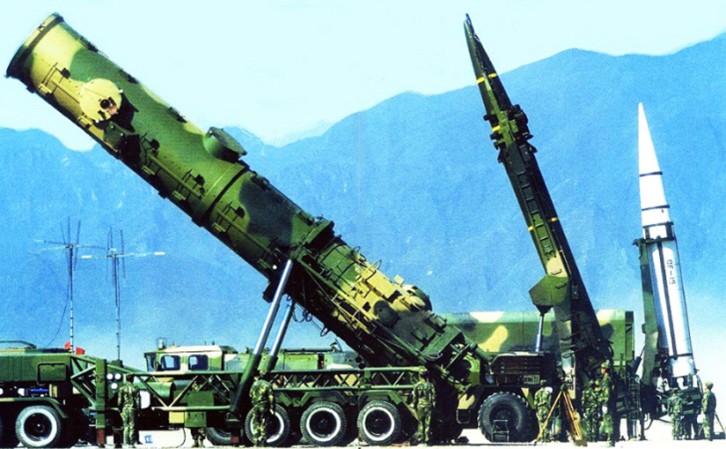
Figure 3 – People’s Liberation Army’s Dongfeng-26 anti-ship ballistic missile.
Further complicating matters for the U.S., the PLA claims it has a long-range, air-to-air missile (AAM) called the PL1-7, which has a stated range of more than 350 km. If true, the PL-17 has a range matched only by the United States in 2024 with the development of an equivalent ultra-long-range AAM (e.g., AIM-174B). This new class of well beyond visual range (BVR) AAM capability is a particular threat to large, slow-moving critical assets such as airborne refueling and early warning/command/control aircraft, operating over the massive expanse of the Western Pacific.
Thus, it is fair to say that a major crisis is emerging for the United States in the Western Pacific that threatens to undermine its regional air superiority and geopolitical dominance. Arguably, the state of affairs is reminiscent of the pre-WWII environment surrounding Japan and the United States. Indeed, all this powder keg needs is a Pearl-Harbor-like trigger to ignite a full-scale conflict. China looking to officially assert its claimed sovereignty over Taiwan is one potential ignition source.
My analysis seeks to define the emerging aerospace technology that is called Sixth Generation (Gen VI) air superiority fighters. The impetus behind this evolution is similar to the European theatre in WWII, where long-range fighter-escort technology was desperately needed to allow Allied bombers to destroy the industrial military complex deep within the Third Reich.
If the combat radius of a Gen VI fighter can be extended far enough, aircraft carriers could operate with virtual impunity in the Western Pacific.
However, before we can delve into Gen VI air-dominance technologies, we look back at Gen I and work our way to the present.
Generation I (1940s-1950s): Jet pioneers
- Examples: F-86 Sabre (U.S.), MIG-15 (Soviet Union)
- Defining characteristics:
- Subsonic speeds (F-86 topped out at ~Mach 0.94, MiG-15 ~Mach 0.92).
- Jet propulsion replacing props, single-engine designs.
- Armament: Machine guns or cannons (e.g., F-86’s six .50-cal MGs).
- Basic radar or optical sights, no missiles until later variants.
- Focus: Daytime dogfighting, agility over range or altitude.
- Summary: First jet fighters, built for close-in air combat in Korea, emphasizing maneuverability and pilot skill over tech. Over 9,800 F-86s were built, serving 30+ air forces, and its adaptability and combat success solidified its role as a foundational jet fighter in U.S. military aviation history.
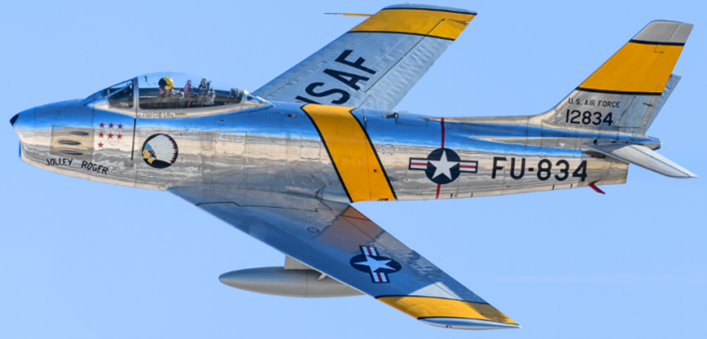
Figure 4 – USAF F-86 Sabre fighter.
Generation II (1950s-1960s): Missile revolution
- Examples: F-104 Starfighter (U.S.), MiG-21 Fishbed (Soviet Union)
- Defining characteristics:
- Supersonic speeds (F-104 Mach 2+, MiG-21 Mach 2.05).
- Single-engine, lightweight frames for speed and climb.
- Early air-to-air missiles (e.g., AIM-9 Sidewinder on F-104, K-13 on MiG-21).
- Simple radar (e.g., F-104’s NASARR, MiG-21’s RP-21).
- Focus: Interception and short-range engagements, less agile than Gen I.
- Summary: Speed-driven interceptors, introducing missiles and radar, optimized for quick strikes against bombers or fighters. Over 2,600 were built, with combat in Vietnam showcasing its adaptability against Soviet MiG fighters.
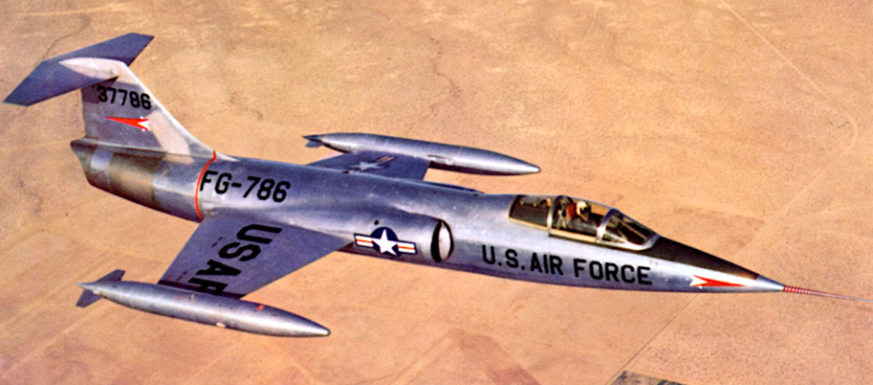
Figure 5 – USAF F-104 Starfighter.
Generation III (1960s-1970s): Manoeuvrability resurgence
- Examples: no pure air superiority – multi-role platforms dominate.
- Defining characteristics:
- Mach 2+ capability, often twin-engine (but multi-role focus dilutes this gen).
- Advanced analog radar, early BVR missiles (e.g., AIM-7 Sparrow).
- Hydraulic controls, no fly-by-wire.
- Focus: Versatility over specialization—air superiority jets rare.
- Summary: Gen III lacks standout air superiority fighters; multi-role jets like the F-4 took over, blending air-to-air with ground attack, leaving no purebreds here.
Generation IV (1980s-1990s): Tech leap
- Examples: F-15 Eagle (U.S.), F-14 Tomcat (U.S.), Su-27 Flanker (USSR), MiG-29 Fulcrum (USSR)
- Defining characteristics:
- High manoeuvrability (F-15’s 9g turns, Su-27’s Cobra manoeuvre)
- All twin-engine designs.
- Look-down/shoot-down radar (e.g., F-15’s APG-63, F-14’s AWG-9).
- Advanced BVR missiles (AIM-120 AMRAAM, AIM-54 Phoenix).
- Mix of hydraulic (F-15, F-14) and fly-by-wire (later MiG-29 variants).
- Focus: Air dominance, long-range engagements, countering enemy fighters.
- Summary: Peak of air superiority, blending speed, agility, and tech for total sky control – F-15’s 104-0 kill record illustrates this.
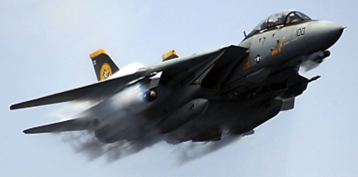
Figure 6 – US Navy F-14 Tomcat.
Generation V (2000s-2010s): Stealth and sensors
- Examples: F-22 Raptor (U.S.), Su-57 Felon (Russia).
- Defining characteristics:
- Stealth (F-22’s radar cross-section ~marble-sized, Su-57 less so).
- Super-cruise (F-22 Mach 1.8+ without afterburners).
- Twin-engine, thrust-vectoring (F-22’s F119s, Su-57’s AL-41F1).
- Full digital fly-by-wire, sensor fusion (e.g., F-22’s AN/APG-77).
- Internal weapons for stealth (AIM-120, AIM-9X).
- Focus: Unseen kills, BVR dominance, overwhelming tech edge.
- Summary: Stealth and super-cruise redefine air superiority – F-22 strikes before detection, an unprecedented predator beyond Gen IV’s reach.
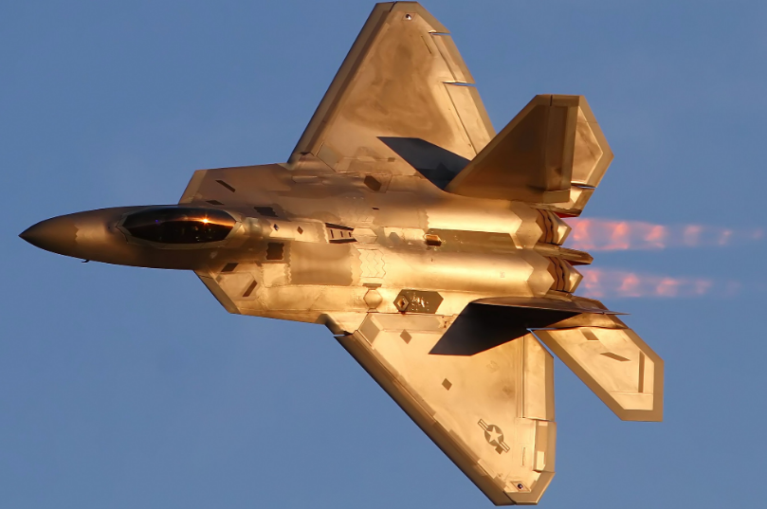
Figure 7 – USAF Lockheed Martin F-22 fighter.
While the USAF F-22 is the globally uncontested air-dominance fighter, its recognized shortcomings in the Western Pacific theatre are its short combat radius (< 800 km), its dependence on large airborne refuelling platforms for extended loitering or range, and its limited numbers (< 185 active units). Having been commissioned in 2005 and with the PLA already advancing both Gen V and VI competitors, the U.S. recognized in 2014 that it needed to create a Gen VI platform, capable of maintaining air dominance within the Western Pacific under wartime conditions with China.
Thus, both the USAF and Navy initiated their own Gen VI programs, called the Next Generation Air Dominance (NGAD) and F/A-XX in 2014, respectively, with intentions of fielding combat-ready units before 2030. Note that two European consortiums have also announced Gen VI programs, but these systems will not be combat-ready until after 2035.
Generation VI (2020s onward): Next frontier
- Examples: USAF NGAD, F/A-XX, GCAF.
- Defining characteristics:
- Advanced stealth, possibly tailless designs.
- Directed-energy weapons (lasers) alongside missiles.
- AI-driven autonomy or manned-unmanned teaming.
- Network-centric warfare, integrating drones or satellites.
- Total battle-space control, outpacing Gen V in speed and automation.
- Summary: Hypothetical leap – Gen VI air-dominance fighters aim to fuse speed, full-spectrum stealth, AI, and drone-swarm capabilities, potentially rendering traditional dogfights obsolete.
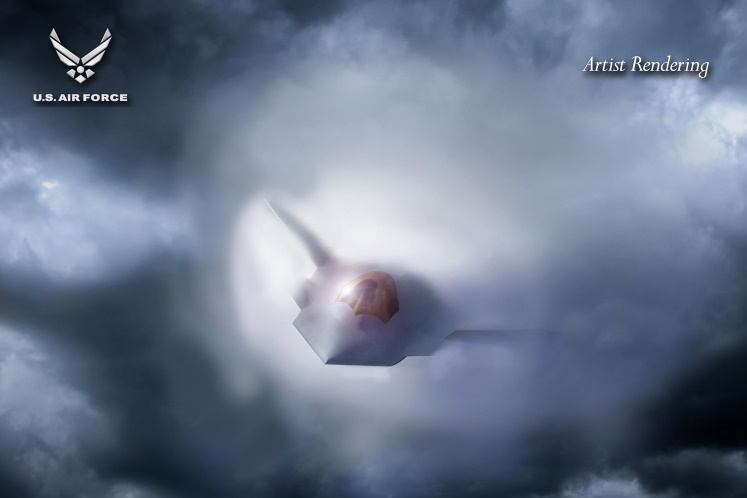
Figure 8 – USAF Boeing F-47 (artist rendering).
Note that while this last section is U.S. centric, the defining characteristics of this new generation of fighters are considered to be somewhat universal.
In March 2025, the White House announced that Boeing was awarded the NGAD program contract for its F-47 prototype, and as the USAF air-superiority fighter intended to succeed the F-22 Raptor, where the former is slated for production by 2029. Figure 8 shows an artist rendering, as the ultimate geometry of the F-47 is top secret.
Boeing’s design is said to integrate advanced stealth, surpassing fifth-generation capabilities, with a broad-spectrum, radar-evading, and tailless form, possibly featuring canards. Powered by next-generation Adaptive Cycle turbofan technology, it will likely exceed Mach 2 without after-burners (i.e., super-cruise), which will impart significant long-range advantages over the F-22, together with thrust-vectoring agility. It is widely accepted that the long-range capability requirements of Gen VI platforms, including the F-47, will likely make these aircraft substantially larger than any air-superiority fighter to date.
Adaptive Cycle turbine technology is believed to be the enabler technology for the F-47.
The next most transformative characteristic of the Gen VI F-47 will be the ability to autonomously command Collaborative Combat Aircraft (CCA) drones, which will collectively form a networked “family of systems” for unprecedented force multiplication in highly contested environments such as the Indo-Pacific.
The keystone of CCA capabilities is artificial intelligence (AI) and what is fully meant by “AI-driven autonomy or manned-unmanned teaming” is as follows:
- The fighter will, in essence, be a flying AI supercomputer.
- There will be both manned and unmanned derivatives.
- Will make extensive use of CCAs capable of performing diverse complementary roles including reconnaissance, dogfighting, ground attack, and airborne refueling (i.e., family of systems).
Figure 9 shows an industry rendition of the conceptual USAF F-47 or Navy F/A-XX fighter, accompanied by a group of CCA loyal wingmen. The CCA duties that I believe are the most force-multiplying for an air-dominance airframe are dogfighting and airborne refueling.
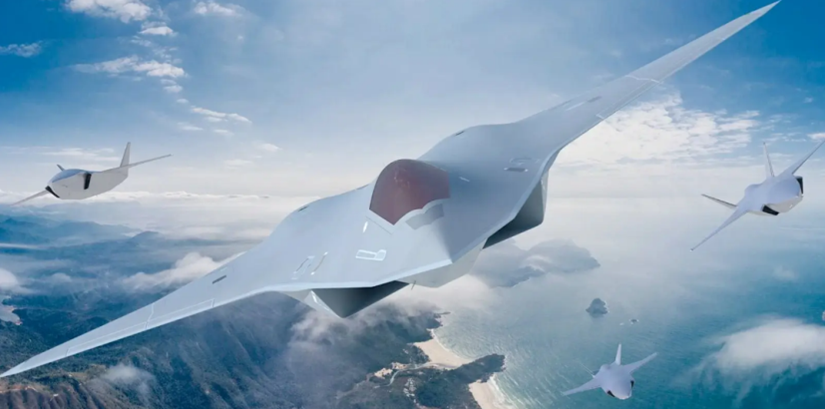
Figure 9 – Conceptual NGAD with AI controlled loyal wingmen drones.
In a dogfighting role, CCAs will serve as an AAM truck to expand the available missile magazine depth of the AI Mothership. Furthermore, having agile, stealthy loyal wingmen functioning in a subordinate defensive capacity, will act to enhance the survivability and lethality of the much more valuable Gen VI airframe, by collectively producing multi-vector attack capabilities.
Military strategists increasingly see the Gen VI platform as more of an airborne warning and control system (AWACS) than a traditional dogfighter, and the CCA units as an extension of their sensors and ability to engage in high-g-manoeuvres.
In other words, the traditional dogfighting capability of the air-superiority role will not become obsolete; it will simply reside within the distributed family of systems.
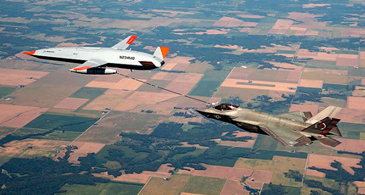
Figure 10 – MQ-25 Stingray refueling drone topping up a Gen V F-35 multi-purpose fighter.
An accompanying airborne refueling CCA has the potential to massively expand the loitering time and range of the F-47.
Figure 10 shows a first-generation refueling drone, topping-up a Gen V F-35 multi-purpose stealth fighter. In this scenario, the MQ-25 following the F-35 would double the combat radius of the higher-value aerospace asset. However, due to its lower radar signature relative to large manned KC-135 fuel tankers, the MQ-25 represents a much lower risk for air interception in highly contested airspace.
Aerial refueling drones will extend F-47 loitering time to the point at which there will be a need for unmanned, AI-controlled versions, as pilot fatigue will become a limiting factor. This unmanned capability, combined with drone-refueling capabilities, will allow airborne Gen VI fighters to remain on-station for days on end.
There are speculations that the front-end price for the USAF F-47 could be as high as $300 million USD. However, given the purchase price of the recently upgraded Gen V F-22 Raptor in 2024 USD is around $369 million, I expect the fly-away price of the F-47 will be north of $400 million.
However, with the radical difference in survivability and lethality between Gen V and Gen VI systems, it is illogical to compare on price point alone.
Secretary of the Air Force Frank Kendall has recently stated that the price tag on USAF CCA systems is expected to range from $20 million to $30 million per unit, and more than 1,000 units of varying roles (designs) will be purchased over the next decade to complement Gen V and Gen VI combat aircraft.
If a nation gets air dominance capability right, they could end up of spending less overall.
Time will tell if Gen VI air-dominance technologies will ward off a major conflict between the United States-led global order and the People’s Republic of China.
As a realist in matters pertaining to international relations, I will close by quoting the Roman Empire writer Vegetius and by reminding people that “If you want peace, prepare for war.”
(Joseph Fournier – BIG Media Ltd., 2025)
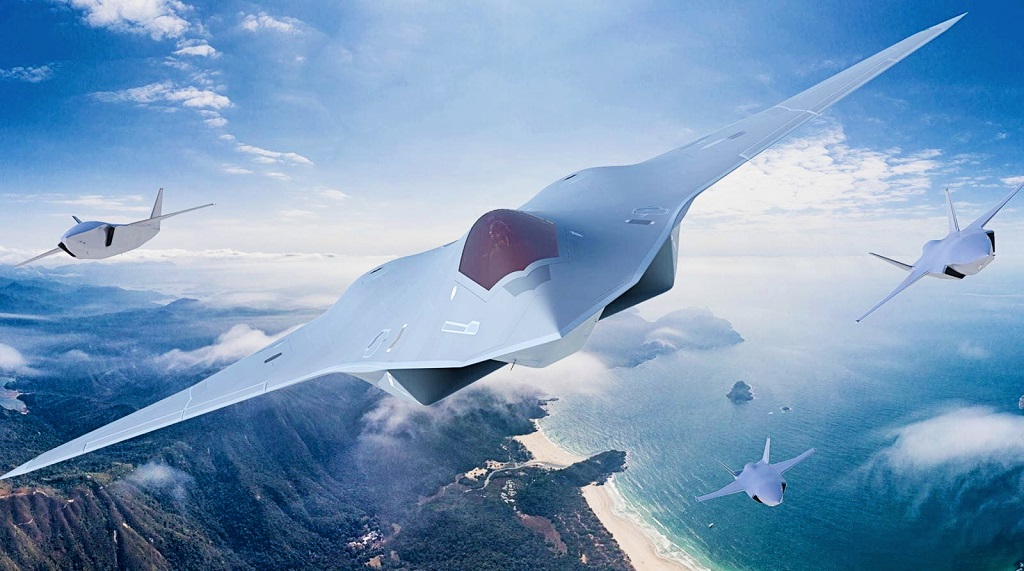


Excellent analysis Dr Fournier! (I didn’t know you had a profound interest in military aviation)
This is the key issue:
‘The next most transformative characteristic of the Gen VI F-47 will be the ability to autonomously command Collaborative Combat Aircraft (CCA) drones, which will collectively form a networked “family of systems” for unprecedented force multiplication in highly contested environments such as the Indo-Pacific.
The keystone of CCA capabilities is artificial intelligence (AI) and what is fully meant by “AI-driven autonomy or manned-unmanned teaming” is as follows:
The fighter will, in essence, be a flying AI supercomputer.
There will be both manned and unmanned derivatives.
Will make extensive use of CCAs capable of performing diverse complementary roles including reconnaissance, dogfighting, ground attack, and airborne refueling (i.e., family of systems)’